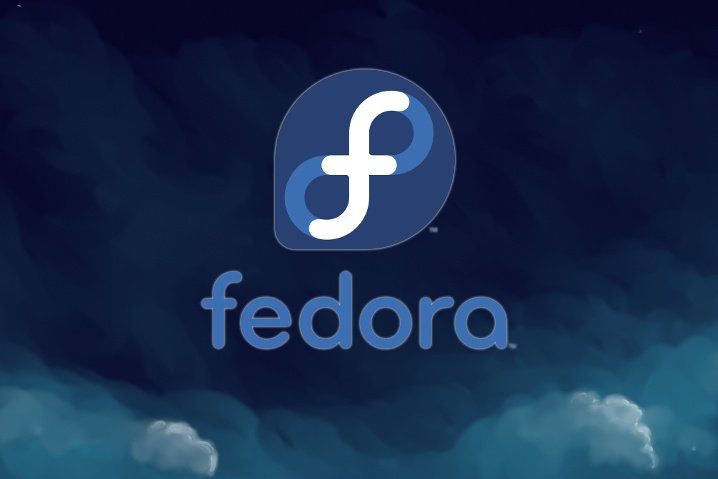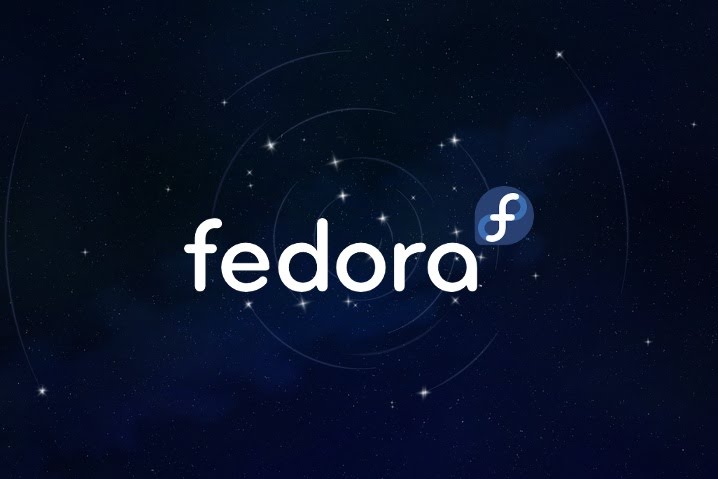What is Fedora?
Fedora is a free operating system based on Linux that also offers a developmental platform. It is free to use, modificate and distribute.
This system is built using the latest technologies from the open source world and develops through a community of passionate users and developers committed to providing and maintaining best free software distribution of the world.
The project does not only seek to include free and open source software, but to be the leader in this technological field. Something that should be noted is that Fedora developers prefer to make changes to the original sources instead of applying specific patches in their distribution, in this way they ensure that updates are available for all variants of Gnu / linux. Max Spevack in an interview stated that: “To talk about Fedora is to talk about the rapid progress of free and open source software.” During its first 6 versions it was called Fedora Core, because it only included the most important packages of the operating system.
Distribution and installation

There are several alternatives to install it. The first is through a live disk image, which contains all the necessary software after installation. There are also disk images called netinstall, where the software contained is the minimum, and the rest is downloaded.
The Fedora installer is Anaconda, which is written mainly in Python 2, the GUI in GTK + 3, and there are some parts written in C.
DNF is the default package manager for Fedora since version 22, although it was already available since Fedora 18. DNF is a fork of YUM, the package manager previously used by the distribution.
The Fedora Project is distributed in many different ways:
▸FedoraDVD: A DVD with all available packages.
▸Live CDs: CD or DVD images that can also be installed on USB drives.
▸Image from CD or USB: Used to be installed over HTTP, FTP or NFS
▸Rescue image on CD or USB: Used if any part of the system has failed and requires repair. It also allows installations from the Internet.
Custom variants of this system are also distributed, which are called Fedora Spins. They are built from a specific set of software packages and have a combination of software to meet the needs of a given end user. Fedora spins are developed by different Fedora special groups. For downloads and information see the Fedora Spins website.
Dnf is the package manager for the system. The graphical interfaces, such as the Pirut and the pup, are provided in the same way as the puplet, which offer visual notifications on the panel when updates are available. Apt-rpm is an alternative to Dnf, and may be more familiar to people who have used distributions like Ubuntu or Debian before, where Apt-get is the default package manager. Additionally, extra repositories can be added to the system and thus packages that are not available in Fedora can be installed.



